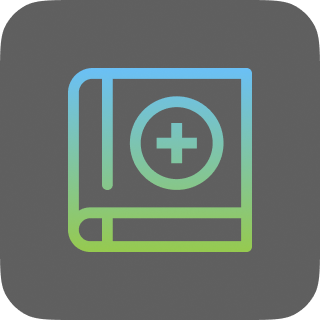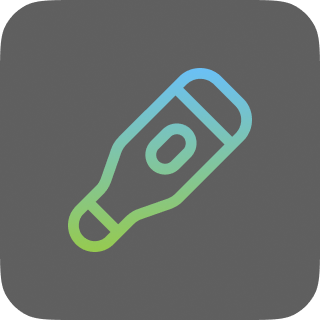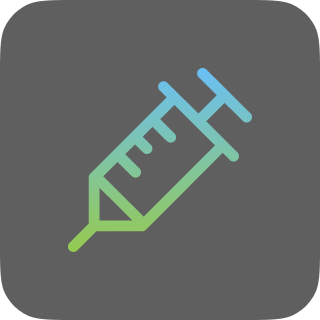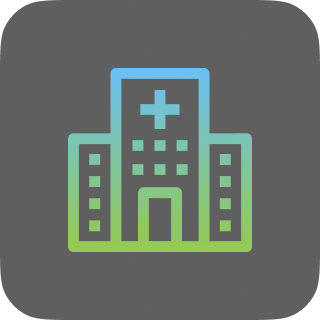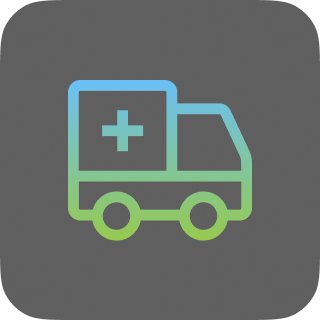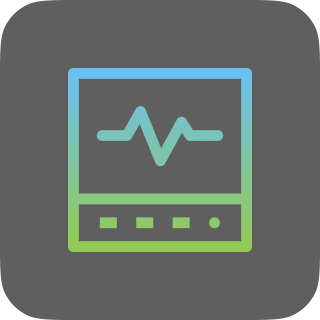To repeat, there is no such thing as an ADHD learning disability. They are not the same.
Despite our certainty on that point, ADHD is still a disorder whose exact cause or causes are largely difficult to pinpoint. As a result, it can be tricky to understand and even trickier to treat, especially for parents trying to do it on their own.
Getting help from a trained pediatric health professional makes all the difference for children dealing with ADHD. With proper treatment—which may include prescription medication, nutrition guidance, and/or behavior therapy—ADHD is manageable. Without treatment, however, it can lead to poor performance in school and impair learning both in the classroom and at home.
ADD Vs. ADHD: What’s the Difference?
To understand how best to help a child with ADHD, it is important first to understand the difference between it and another, similar term you may have heard of: ADD.
ADD is short for “attention deficit disorder,” a neurodevelopmental disorder whose symptoms include difficulty focusing, a tendency to get distracted easily, poor organizational skills, poor time management skills, forgetfulness, restlessness, impulsiveness, and a low tolerance for frustration, which can often lead to bouts of anger or depression.
Of course, many of these are common issues in developing children, leading to some children being left undiagnosed, as such symptoms may not present in the small period of time a doctor has during a sick visit.
It’s vital, then, for parents to share their concerns and to be mindful that, when these behaviors are chronic and severe, it’s likely they don’t stem from mere laziness or absentmindedness, but from dysfunction of the brain’s frontal context.
There is a misconception that ADD and ADHD are separate conditions, but that is not actually the case.
The truth is that the term “ADD” is generally not used in clinical contexts anymore, having been replaced by “ADHD.”
This has caused some confusion among the general public. Going forward, keep in mind that if we refer to ADD and ADHD, we are in fact talking about the same thing.
What Is the Difference Between ADHD and a Learning Disability?
The problems that ADHD represents when it comes to a child’s learning, both at home and in the classroom, should be readily apparent.
Having greater difficulty staying focused and organized means that a child is more likely to miss important details due to distraction, forget assignment due dates, and misplace textbooks and other learning materials. As these problems pile up over time, our children face an increased danger of getting left behind while the peers continue forward.
So, is ADHD a learning disability?
Despite its potentially negative impacts on the education process, ADHD is not classified as a learning disability. A learning disability is a condition that specifically targets a child’s learning capabilities, making it more difficult for them to acquire new skills such as reading or mathematics.
While ADHD can impact learning, it does so less directly, by inhibiting a broader range of general abilities such as attentiveness, impulse control, and emotional regulation. That said, ADHD can exacerbate preexisting learning disabilities and even make them more difficult to diagnose.
What Learning Disabilities Are Associated with ADHD?
While ADHD is not a learning disability in itself, the Centers for Disease Control and Prevention say that 60% of children diagnosed with ADHD have accompanying disorders related to learning, behavior, and emotions.
Those conditions can include dyslexia, autism spectrum disorder, and anxiety. Identifying all related disorders and other conditions through doctor’s visits can help us to treat children with ADHD and help them reach their potential.

